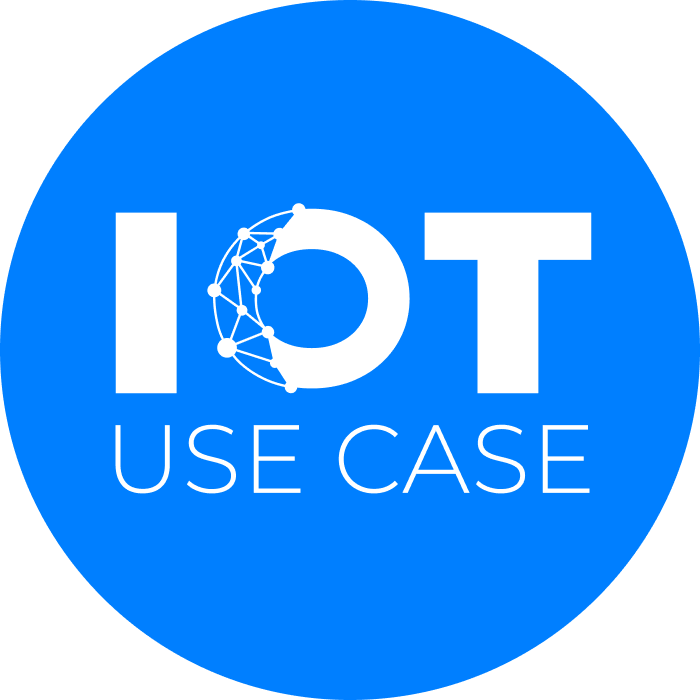Work steps performed manually, whether in manufacturing or in the service sector, are often based on the experience of the employee or on a work instruction documented on paper. Extracting the central data and process structures from these activities and converting them into a digital form creates a transfer of knowledge and offers optimization potential. Digitizing a machine is now a well-known retrofit technique. But what about manually performed work steps – can these also be digitized?
The challenge: Better costing and energy savings by using cleaning process data
A service provider of the Port of Hamburg offers repair, maintenance and overhaul of the container and its attachments. The cleaning of shipping containers and tanks is carried out in addition to other services in workshops on site, as well as a mobile service by specially trained personnel. This service is irreplaceable, as the potential of the equipment is fully exploited with special technology and experience.
Potential for cost optimization is now to be leveraged in the execution of the cleaning processes. Depending on the condition of the equipment and the degree of contamination, an increase in energy efficiency of about 15% can be realized. In addition, initiatives have been developed to avoid production downtime as well as significant efficiency improvements. Especially in processes with persistent contamination there is potential for process optimization. Many processes are based on experiences and should now be rethought with the knowledge of the employees. The aim is to improve the calculation of costs per wash cycle, energy, wash program and consumables.
The service provider wanted to increase the efficiency of the entire operation and initiate a knowledge transfer. For this purpose, all relevant data on the process should be made available in digital form. The company was looking for a solution that had low hardware and software requirements, was quick to set up and easy to use, and was affordable for the company overall.
The solution: Collect, digitize and evaluate analog data
The Oldenburg-based company erminas realized the project. The first task was to record various values using appropriate sensors: electricity and gas consumption, water temperature, water pressure, required washing time and quantities of water, as well as the type and quantity of cleaning agents. To find the right sensor for this use case, erminas analyzed the local conditions, possible interfering factors and the potential data acquisition sources and selected the appropriate sensors. The biggest challenge here was the environment, with very high temperatures as well as high humidity and the use of chemicals. Revolution Pi was used for further processing of the data. Revolution Pi is an industrial-grade open source IPC based on the Raspberry Pi Compute Module. Three Revolution Pi Connect+, three Revolution Pi DI and one Revolution Pi AIO were used. The collected data was forwarded to a cloud with this. The Revolution Pi Connect+ served as a system for pre-processing and analysis, as well as an IoT gateway. The cloud solution was a prerequisite for the next step in the project: erminas evaluated the data and developed an app for the customer. The implemented algorithm causes the app to always select the most favorable washing program for a given object, adapting the respective washing program to external conditions such as outside temperature and humidity. All data is available on the app and washers can enter additional comments manually.
The result: Data-based optimization of the workflow
The project manager knows at a glance how much water was used per container, how much energy was expended, how many chemicals were used. The entire know-how of the laundresses and launderers was digitally mapped. In this way, the workflow can be made more efficient. Based on the experience of the system integrator, useful functionalities were added to the solution. As a result, it was not only possible to collect the relevant data – erminas was able to transform the existing processes into a more visualized and interactive work instruction. With the app, the washing process was optimized and translated into a digital work instruction. In the medium term, a research institute will be entrusted with the task of further optimizing the washing programs. This can save time, money and raw materials . Accurate billing of resource consumption and working hours also offers the potential for new business models: pay-per-use models, for example.




